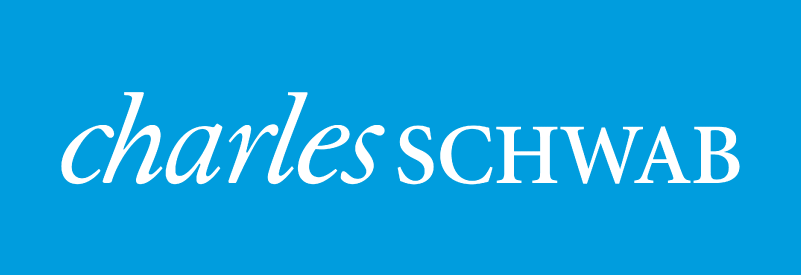FOR THE MONTH OF SEPTEMBER
September had its strongest ‘opening day’ since 2010, then remembered which month it was (it has been the worst month historically for markets). With the help of a continuous fiscal policy loop, emerging fall CoVid trends, and ample political fodder, the S&P 500 dipped its toe into correction territory on an intraday basis and the NASDAQ made its way there in record time (3 days) – off an all-time high no less. U.S. stocks erased a good portion of the month’s losses in the last 7 trading days but ended down 3.8% on the month while non-U.S. stocks overcame a strengthening USD to finish down only -2.5%. Materials, industrials, and utilities were the top performing sectors while energy and big technology lagged. Interest rates remained range bound, not really echoing the risk off tone as 10yr yields fell only 3bps, from 0.72% to 0.69%. Credit spreads moved higher (502 to 541) but also not to an alarming extent. Commodities lost ground for a second consecutive month as energy, industrial metals, and gold finished in the red. Monetary policy support remained consistent but on and off again fiscal policy negotiations and DOJ antitrust rhetoric against big technology companies drove market volatility with looming U.S. elections and associated uncertainty feeding into the backdrop.
Market Anecdotes
· The month-end July termination of extended unemployment benefits equating to $15b/week (4% of GDP) began to weigh heavily on market psychology in September as spending priorities and political considerations stalled renewed fiscal stimulus package negotiations.
· The Senate handed its stimulus proxy to the administration in September with the WH coming to $1.5t and the HOR at $2.2t. Hopes of a fiscal deal grew more unlikely with the national elections and SCOTUS nomination taking center stage.
· A material risk is a ‘no deal’ stimulus followed by a contested election, forcing the consumer to spend remaining savings with a decelerating job market recovery as the backdrop. Conversely, ‘a deal’ followed by a fiscally supportive election outcome would be bullish.
· Polls and betting markets see a Democratic-sweep as the most likely election outcome which we read as relatively neutral from a market perspective near term with increase in taxes and regulations offset by sizable stimulus, more stability in foreign relations, and eliminated tariffs.
· FOMC meetings in September and an unprecedented roster of Fed speaking engagements made clear accommodative monetary policy is here to stay and more fiscal support is a must.
· CoVid trends in September can be categorized as seasonal/second wave concerns rising globally but somewhat neutralized by increasing expectations for a vaccine in 2021 and lower fatality rates (demographics, improved therapies, mask wearing).
· Progress continues to be made on developing a viable vaccine. According to The Good Judgment Project, about 60% of “superforecasters” expect a mass-distributed vaccine to be available by Q1 of 2021, up from 45% just four weeks ago.
· Growth’s eleven-month streak of outperforming value came to a screeching halt in September which, up until the final week, was on pace for the largest value advantage since 2001.
· Non-U.S. stocks (-2.5%) also bucked the trend of U.S. (-3.8%) outperformance with Japan, South Korea, India, Mexico, and Denmark posting positive returns.
Economic Release Highlights
· The September jobs report missed expectations (661k vs 894k), but the unemployment rate fell from 8.4% to 7.9%, thanks in part to declining labor force participation. The pace of the labor market recovery has slowed sequentially over the past three months.
· U.S. Flash September PMI (CMS) of 54.4, 53.5, 54.6 was slightly lower thanks to a softening in the services component but manufacturing increased and all were solidly in expansionary territory.
· August durable goods orders were expected to slow from July’s 11.4% but came in well below expectations (0.4% v 1.5%), while the core capital goods component beat 1.8% to 1.7%.
· The Conference Board’s September consumer confidence reading of 101.8 crushed consensus of 88.8, marking the biggest confidence increase in 17 years..
· UofM final September consumer sentiment of 80.4 came in higher than consensus of 79.
· Existing (10.5% YoY), new (1.011mm vs 875k), and pending homes sales (8.8% vs 3.1%) all handily beat expectations. Case Shiller HPI increased 0.6% MoM and 3.9% YoY and the Housing Market Index followed a record August with a new record September of 83.
· August retail sales fell short of expectations on the headline number (0.6% vs 1.0%) and each subset group. However, we are now 1.5% above pre-CoVid level of retail sales.
· After tying an all-time record high of 78 in August, the Housing Market Index came in well above consensus of 78 and higher than the high end of the range (75-81), registering 83 in September.




Leave a Reply